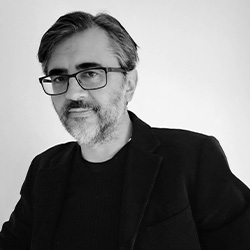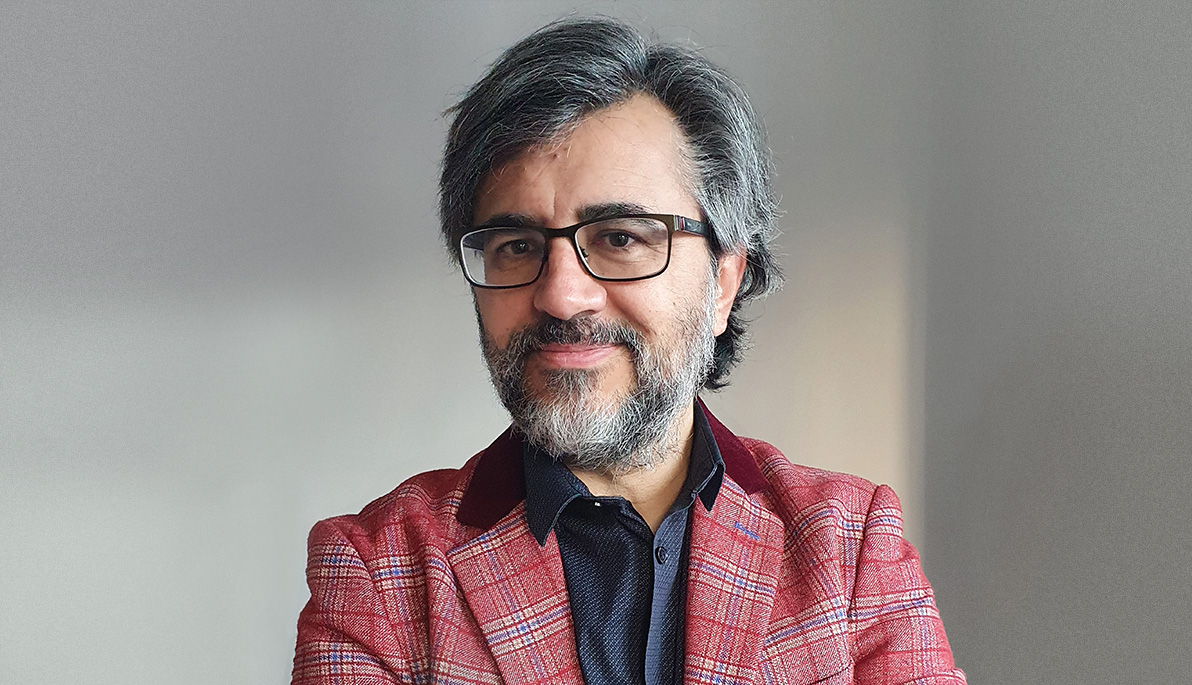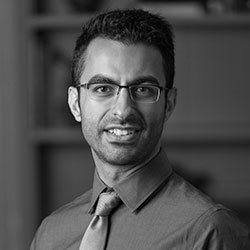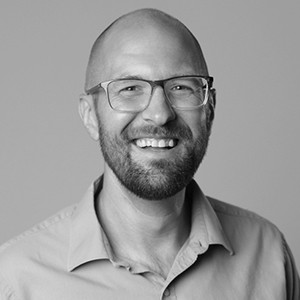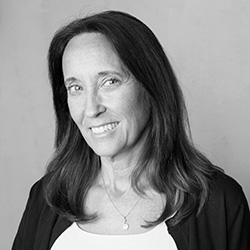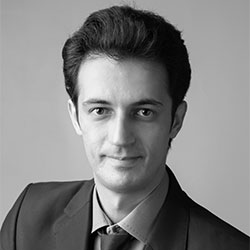A True Visionary
Alessandro Melis, Ph.D., advises that students think of themselves as researchers. “They should consider themselves part of a research community rather than students,” he says. He also has an unusual warning for them. “Question and be wary of the mass of knowledge that we teachers often pretend to transfer. Not out of the spirit of contradiction, but out of a desire for curiosity and the wish to be an active agent of a necessary and possible change in the architectural taxonomy.” Melis, the university’s first endowed chair, sat down with New York Tech News to talk about his pedagogy and experience at the 2021 Venice Biennale.
Tell us a bit about yourself. Where are you from?
I am originally from Sardinia, the largest island in the Tyrrhenian Sea, equidistant from the coasts of Italy, Spain, France, and Tunisia. The north of Sardinia is populated by bizarre-shaped granite rocks that have greatly contributed to my obsession with intrinsically ecological architecture shaped by the natural forces of the climate. From 10 to 40, I lived in the shadow of the leaning tower of Pisa, and I think that must have also increased my interest in vagaries and imperfections in architecture and allowed me to view them as a reservoir of possibilities.
In 2013, my family and I moved to New Zealand for three years before moving to the U.K. My eldest son, Emmanuel, lives in Italy and will soon be joining New York Tech as a freshman in digital arts. All together we have passports from six different countries. My research contribution would be useless without these experiences, and perhaps this is proof that current concepts of physical and political boundaries are obsolete.
Why did you choose architecture as a career? Can you talk about who some of your role models, mentors, or influencers?
I initially chose architecture because I like to draw; today I love architecture because it allows me to explore multidisciplinary research in a creative way. I like the first Aristotelian etymology of the word “architect,” as a “creator of ideas,” rather than that of “master builder.” For this reason, or simply because I am more interested in the subversive and radical forms of creativity, when I think of my models and influencers, I think first of cinema, philosophers; political activists, and scientists, before architects. Among these are Stanley Kubrick, Jane Jacobs; Michael Mann, the first to have demonstrated the existence of global warming; the anthropologist Heather Pringle; Niehi Tsutomu, the author of Blame, a Manga masterpiece; Greta Thunberg; Vanessa Nakate; Jacinda Ardern, prime minister of New Zealand; the unknown anarchist builders of Gobleki Tepe; the women who drew their hands on the rocks 40,000 years ago; and perhaps most important, Stephen Jay Gould who in the 1980s revolutionized the taxonomy of evolutionary biology with the introduction of the evolutionary mechanism of exaptation. His research convinced me that talking about exaptation is also necessary in architecture.
What brought you to New York Tech and what has been your experience working with New York Tech students?
Even before I arrived, I knew of colleagues whose work I appreciated who work here. In addition, under the guidance of Dean Maria Perbellini, the prestige of the School of Architecture and Design continues to grow internationally every day. Working with students, especially in the design studios, has been the best part of my experience to date. In times of environmental crises like the ones we are facing now, it becomes less important to transfer enormous amounts of knowledge to students and verify that they absorb it, and more important to help stimulate their creativity so that radical strategies can be hypothesized for the future. Thanks to the students, I learn every day.
Can you talk a little bit about your experience as the curator of the Italian Pavilion at the 2021 Venice Biennale Architecture?
It was an experience that was as complicated as it was satisfying and emotional. It was complicated because it took place during the pandemic. The Italian Pavilion is 2,000 square meters—the largest of all the national pavilions—making it a great organizational and logistical challenge. The pavilion was effectively organized as a research laboratory, and, months later, we are still collecting the flow of qualitative and quantitative data today. The satisfaction I got was due to the impressive impact the pavilion had on the communities involved beyond academia and the influence I had on decision-making processes. Moreover, with a record number of visitors for an architecture edition (over 300,000), a significant increase in people under 25, and dozens of articles dedicated to the pavilion, the dissemination went far beyond our expectations.
What advice do you have for students when it comes to using technology at New York Tech?
As explained by Heather Pringle in a famous article on the origin of creativity, always consider technology as the result of a creative act. Intentionality and determinism have been greatly overestimated throughout history. Now we realize that problems cannot be overcome with the same tools that created those problems. Today we must be visionaries and radicals, and we must also use technology for this purpose.
What is one thing about you people might be surprised to find out?
I was one of the first Italian break dancers in the mid-1980s.
This interview has been edited and condensed.
